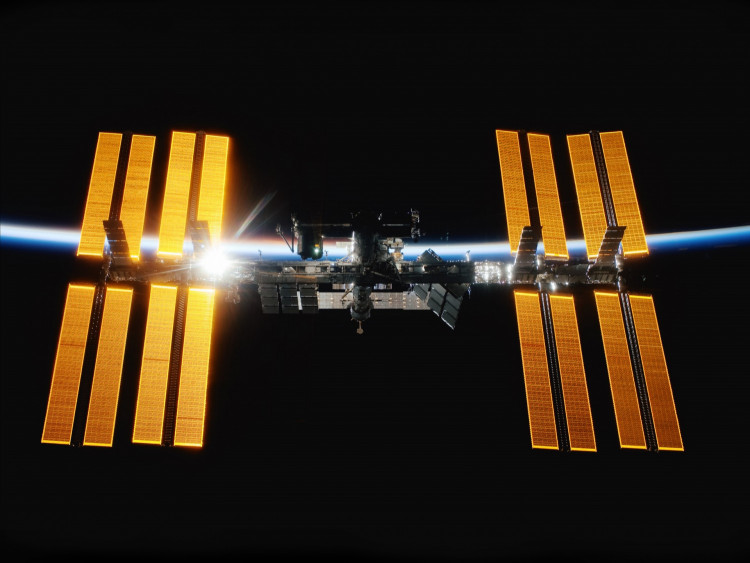The preservation of historically valuable components from the orbiting complex is not mentioned in a recently revealed plan for how NASA will dispose of the International Space Station. But it's not just a report omission: the space agency claims it has no intentions to return such artifacts to Earth at this time.
According to collectSPACE, NASA's January ISS Transition Report includes plans to bring down the ISS in 2030 in an uninhabited region of the Pacific Ocean known as "Point Nemo," but no indication of what would happen to cultural and historical relics on the station.
collectSPACE attempted to contact someone at NASA who was in charge of ensuring that important artifacts made their way to museums, but was unable to do so.
"There has not been discussion in the International Space Station Program to return items solely for display," NASA said in a statement, responding to an inquiry by collectSPACE.com. "No down mass has been set aside at this time on upcoming cargo flights as we remain focused on maximizing use of the International Space Station."
NASA's statement implies that historical preservation is not a priority, despite the fact that their transition report lists science and inspiration as equally key aims. It also implies that any future decisions to save objects will have to be opportunistic, occurring only after the program's other requirements have been met.
The agency predicted the budget needed for many cargo vehicles to safely de-orbit the space station when developing the transition plan. It did not, however, explore employing other supply craft to return historically significant or representative parts to Earth.
When it comes to recognizing "heritage assets" on board the space station, there is a lack of advance planning and resource allocation, which the NASA Office of Inspector General (OIG) cautioned about in a 2018 audit of NASA's historical property.
The OIG stated that NASA officials were "unable to explain who was responsible for designating an item as a heritage asset, how or why an item was designated a heritage asset" in that report.
Some of the questions NASA received regarding the plan were answered, including why disassembling and returning to Earth the entire ISS modules and large components was not feasible.
The space agency noted in an update posted to its website that preserving the station in a museum involves significant logistical and financial problems. Any disassembly effort to safely return individual components would face huge logistical and financial obstacles, necessitating extensive work by astronauts and ground support workers, as well as a spaceship with a cargo area comparable to the space shuttle's large cargo bay.




